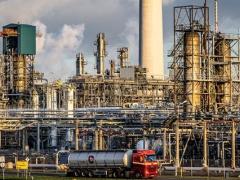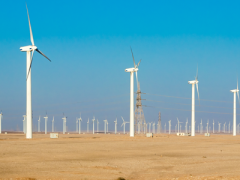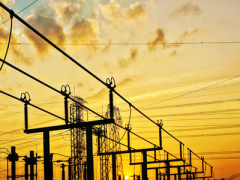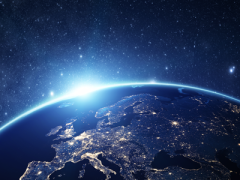GLOBIO-Aquatic, a global model of human impact on the biodiversity of inland aquatic ecosystems
Biodiversity in freshwater ecosystems is undergoing rapid global decline. Major drivers are land use change, eutrophication, hydrological disturbance, climate change, overexploitation and invasive species. The GLOBIO-Aquatic model was developed for assessing the dominant human impacts on inland aquatic biodiversity.
The GLOBIO-Aquatic model is based on a recompilation of existing data, thereby scaling-up from local/regional case-studies to global trends. The model is embedded in the IMAGE model framework, i.e. linked to models for demography, economy, land use changes, climate change, nutrient emissions, a global hydrological model and a global map of water bodies.
In this article, species composition in impacted lakes, rivers and wetlands were compared to that in comparable undisturbed systems. The focus is on broad categories of human-induced pressures that are relevant at the global scale. The drivers currently included are catchment land use changes and nutrient loading affecting water quality, and hydrological disturbance and climate change affecting water quantity. The resulting relative mean abundance of original species is used as indicator for biodiversity intactness. For lakes, dominance of harmful algal blooms was used as an additional indicator.
The results show that there is a significant negative relation between biodiversity intactness and these stressors in all types of freshwater ecosystems. In heavily used catchments, standing water bodies would lose about 80% of their biodiversity intactness and running waters about 70%, while severe hydrological disturbance would result in losses of about 80% in running waters and more than 50% in floodplain wetlands. As an illustration, an analysis using the OECD ‘baseline scenario’ shows a considerable decline of the biodiversity intactness in still existing water bodies in 2000, especially in temperate and subtropical regions, and a further decline especially in tropical regions in 2050. Historical loss of wetland areas is not yet included in these results.
The model may inform policy makers at the global level in what regions aquatic biodiversity will be affected most and by what causes, and allows for scenario analysis to evaluate policy options
Authors
Specifications
- Publication title
- GLOBIO-Aquatic, a global model of human impact on the biodiversity of inland aquatic ecosystems
- Publication date
- 30 April 2015
- Publication type
- Publicatie
- Magazine
- Environmental Science & Policy
- Product number
- 834




